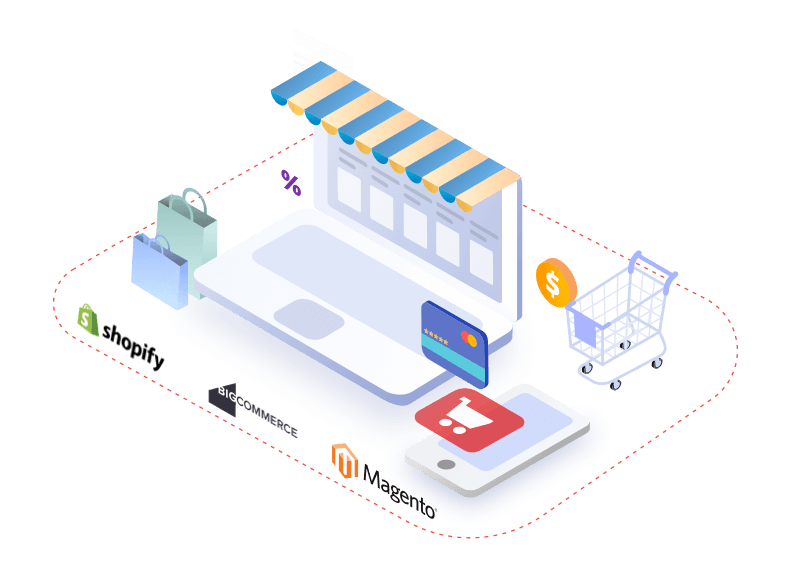Bragging Rights
Explore the latest trends, tips, and stories that make you stand out.
E-Commerce Evolution: From Brick-and-Mortar to Click-and-Mortar
Discover how e-commerce transformed shopping from traditional stores to a hybrid future. Explore trends, insights, and strategies for success!
The Shift: How E-Commerce Transformed Retail
The rise of e-commerce has dramatically transformed the retail landscape, fundamentally altering how consumers shop and how retailers operate. With the convenience of online shopping, consumers can now browse and purchase products from the comfort of their homes, breaking free from the limitations of traditional brick-and-mortar stores. According to recent studies, over 70% of consumers prefer online shopping due to its accessibility and variety. As a result, retailers are increasingly investing in their digital platforms, realizing that a robust e-commerce strategy is no longer optional but essential for survival.
This shift has also led to significant changes in consumer behavior and expectations. Retailers now need to provide personalized experiences, quick delivery options, and seamless returns to keep up with e-commerce giants. Moreover, advancements in technology, such as artificial intelligence and machine learning, enable retailers to analyze consumer data and deliver tailored recommendations. The emergence of social commerce further highlights this transformation, allowing brands to sell directly through social media platforms. Overall, the e-commerce revolution has reshaped not only how we shop but also how businesses engage with their customers.

Combining Worlds: The Rise of Click-and-Mortar Businesses
Click-and-mortar businesses are revolutionizing the way consumers interact with brands by seamlessly blending the physical and digital shopping experiences. This hybrid model allows retailers to cater to the diverse preferences of their customers by offering the convenience of online shopping coupled with the tactile experience of in-store browsing. As more businesses adopt this approach, they are leveraging technology to enhance customer engagement, streamline operations, and boost sales. For instance, utilizing mobile apps and advanced point-of-sale systems, retailers can provide personalized experiences that guide shoppers through stores, while also collecting valuable data to tailor promotions and product offerings.
The rise of click-and-mortar businesses signifies a shift towards a more integrated retail strategy. Companies that embrace this model can create a holistic customer journey by allowing shoppers to research products online before making a purchase in-store or vice versa. This flexibility not only enhances customer satisfaction but also drives brand loyalty. Furthermore, incorporating options such as click-and-collect or hassle-free returns solidifies the hybrid model's appeal, ensuring that customers feel supported at every stage of their shopping experience. As this trend continues to grow, businesses that adapt to these changes will likely find greater success in the competitive retail landscape.
Is Your Business Ready for the E-Commerce Revolution?
In today's digital age, the e-commerce revolution is transforming the way businesses operate. As consumers increasingly turn to online shopping for convenience and variety, companies must evaluate whether they are equipped to meet these new demands. The first step is understanding your target audience and their online shopping behaviors. Are they looking for a seamless user experience? Do they prefer mobile optimization? Addressing these questions can help you tailor your online presence to enhance customer satisfaction and drive sales.
Transitioning to e-commerce may seem daunting, but with the right strategy, any business can thrive in this environment. Begin by investing in a robust e-commerce platform that allows for easy navigation, secure transactions, and efficient inventory management. Additionally, consider leveraging digital marketing tactics such as SEO, social media advertising, and email campaigns to reach your ideal customers effectively. Remember, being proactive in adapting to the e-commerce revolution is not just an option; it's a necessity for staying competitive in today's market.